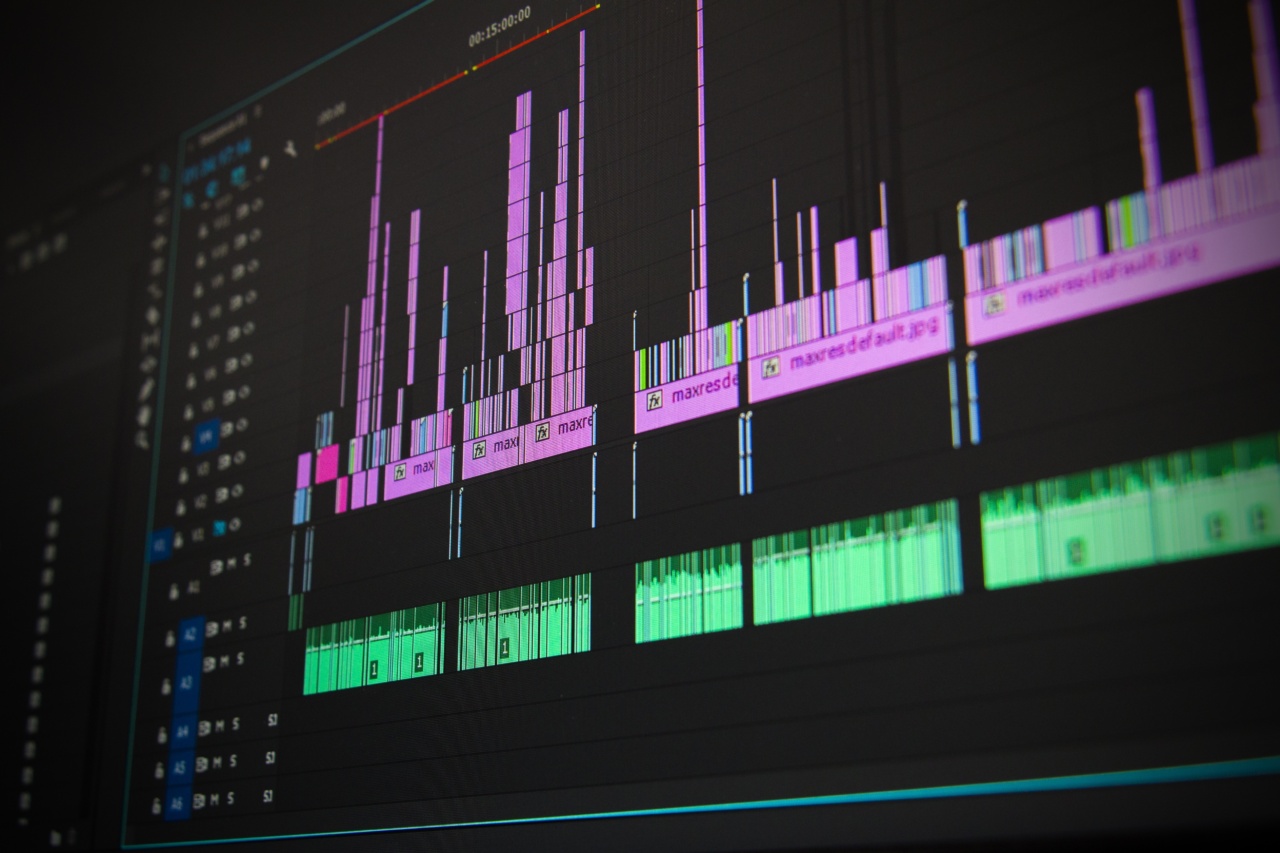In the field of science and mathematics, frequency is a fundamental measurement that describes the number of occurrences of a repeating event within a given time period.
It plays a crucial role in understanding various phenomena and has applications in numerous disciplines such as physics, engineering, and statistics. In this article, we will explore the definition of frequency, its various types, and the causes behind its occurrence.
Definition of Frequency
Frequency is commonly defined as the number of cycles or occurrences of a repeating event per unit of time. It is typically measured in hertz (Hz), which represents the number of cycles per second.
The concept of frequency is particularly relevant when studying periodic phenomena such as waves, vibrations, and oscillations.
Types of Frequency
There are two main types of frequency: temporal frequency and angular frequency.
1. Temporal Frequency
Temporal frequency refers to the number of occurrences of a repeating event within a given unit of time. As mentioned earlier, it is commonly measured in hertz (Hz), where 1 Hz represents one cycle per second.
For example, if a light bulb completes 60 cycles of on and off in one second, its temporal frequency would be 60 Hz.
2. Angular Frequency
Angular frequency is another type of frequency that is often used in the context of circular motion or oscillations. It is denoted as ω (omega) and measured in radians per second.
The relationship between angular frequency (ω) and temporal frequency (f) can be described using the formula:.
ω = 2πf.
Where ω is the angular frequency and f is the temporal frequency.
Causes of Frequency
Frequency arises from a variety of natural and man-made phenomena. Let’s explore some of the common causes behind the occurrence of frequency:.
1. Vibrations and Oscillations
Vibrations and oscillations are fundamental causes of frequency. When an object moves back and forth around a mean position in a regular manner, it exhibits periodic motion.
This motion can be described by its frequency, which represents the number of complete cycles per unit of time. For example, a swinging pendulum exhibits a specific frequency determined by its length and gravitational acceleration.
2. Waves
Waves are another prominent source of frequency. Whether it’s sound waves, light waves, or water waves, they all exhibit a characteristic frequency.
The frequency of a wave corresponds to the number of wave cycles that pass by a point in space per unit of time. In the case of sound waves, frequency determines the pitch of the sound. Higher frequencies result in higher-pitched sounds, while lower frequencies produce lower-pitched sounds.
3. Electrical Signals
In the realm of electrical engineering, frequency plays a crucial role in the transmission of signals. Alternating current (AC), for instance, oscillates between positive and negative values as it follows a periodic pattern.
The frequency of AC power in most regions is 50 or 60 Hz. The specific frequency of an electrical signal influences its behavior and is critical for electrical systems to function correctly.
4. Resonance
Resonance occurs when an object or system vibrates at its natural frequency in response to an external force or stimulus. This phenomenon can amplify the amplitude of vibrations, resulting in a higher frequency.
Resonance is commonly observed in musical instruments, where certain vibrations are enhanced due to their resonance frequencies.
5. Mechanical Systems
In mechanical systems, frequency plays a significant role in understanding the behavior of machines and structures.
Engineers use frequency analysis to identify and mitigate potential issues related to vibrations, such as in the design of bridges, buildings, and aircraft. By determining the natural frequency of these systems, engineers can ensure that they do not coincide with the frequency of external forces, which could lead to disastrous consequences.
6. Radio Communication
Frequency is also crucial in the field of radio communication. Different radio waves operate at specific frequencies, allowing for the transmission and reception of signals without significant interference.
Each radio station operates at a distinct frequency, ensuring that their signals can be received separately.
7. Statistical Analysis
In statistics, frequency is used to analyze and interpret data. By determining the frequency distribution of a dataset, researchers can identify patterns, trends, and outliers.
This information is then utilized to make informed decisions or draw meaningful conclusions.
Conclusion
Frequency is a fundamental concept that underlies many natural and man-made phenomena. It provides insights into the occurrence and behavior of repeating events, ranging from simple vibrations to complex waveforms.
Understanding the causes and types of frequency is crucial for scientists, engineers, and researchers across various disciplines. By harnessing the power of frequency analysis, we can deepen our understanding of the world around us and pave the way for technological advancements.































